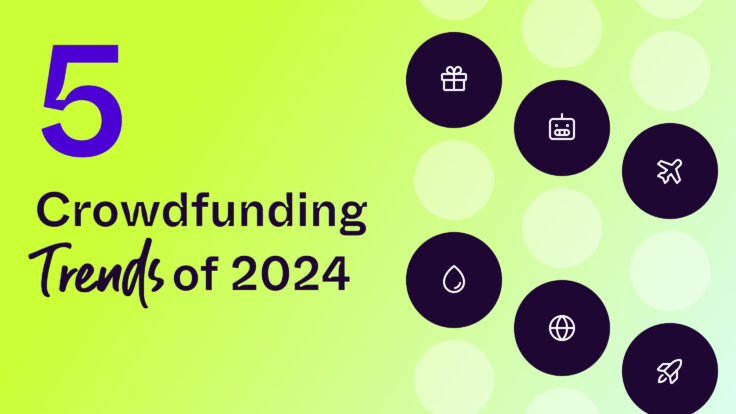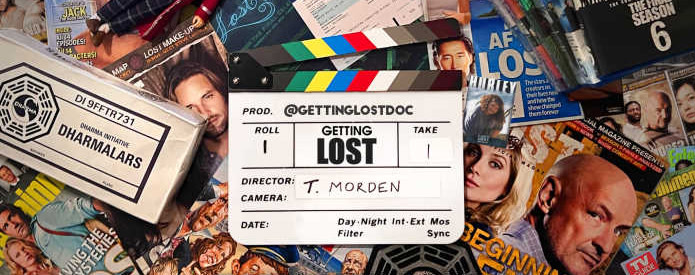For my 50th birthday, I wanted to do something HUGE that was more about giving back than getting (when you're 50, you've done al the uusal big-digit celebrating). I decided that what would make me feel best waking up on September 14, the day after my birthday, was if I'd really put myself out there, using every skill I'd picked up over the course of my checkered career to raise a bunch of money and attention for a worthy cause. Since changing the lives of girls is the best way to ensure a better future for all of us, and since I have a deep, deep fondness for writing, WriteGirl was a natural fit.
Q2. What were your ultimate goals with your funding campaign?
My main goal was to raise $50,000 for this awesome local non-profit. I wanted to help raise WriteGirl's profile in the online communities I'm a part of but I also wanted to do it in a way that worked as a model for other people wanting to raise money and attention for their own dream projects. I've lost a lot of faith in the megacorporotheocracy over the years; I believe that big change is only going to come from individual people making it, one by one. If I could show that one nobody from a tiny corner of the Internet could make this happen, maybe, I reasoned, other people might take a stab at their own "impossible" project.
It was entirely digital, but widespread. I had the IndieGoGo page, of course, where I'd post updates on the campaign's progress, and link to other support pieces I was posting elsewhere. On the standalone site, I posted one interview per day with 50 women writers. On my own blog, I posted daily as well, starting out with the notion of writing something about writing every day, but eventually, just writing, period. Thirty days in, I added video. I'd done a campaign video, but these were just me, talking to the camera. Personally, I'm not a huge fan of video—it's time-consuming to create and to watch, and I'd rather write or read. But lots of people love video, and it helps to cover all of your media bases.
I posted updates to my regular Facebook stream. I didn't post as much on Twitter but I'd check in and reply to or "favorite" tweets about 50-for-50 several times per day. A good friend and supporter created a bunch of pre-rolled tweets on the donation page—that was also helpful. In fact, I'm almost sure that the reason this whole thing succeeded was because I had so many great people on board, spreading the word for me. My job was to be the clown up front and the workhorse behind the scenes, facilitating their word-spreading.
I was also doing a lot of emailing behind the scene. Personalized emails, just talking about stuff, not soliciting. People love getting letters; what can I say? One thing I did not do until the very end was hit up my personal list for donations, and even then, I made it very clear I had zero expectations – I was letting them know because this was a big thing in my life, and I didn't want them to find out after the fact. But 50-for-50 was an opt-in, permission-marketed campaign from day one. It's what I preach, so it would be wildly hypocritical for me to operate any other way.
Q4. What did you find was working in your fundraising? What challenges did you come across?
I deliberately offered many items at the low range ($5 – $25) so that more people could be involved. I kept everything tied to "50" and writing as much as possible, to reinforce the message. I think that the extra surprise factor of whether I'd really shave my head added interest to the campaign. Another friend created a fantastic Photoshopped shot of me with a bald head which we used as the logo then stuck in a hand-drawn frame I created. I think that the combination of fun/silliness and earnest imperfection was appealing – people are really savvy now, and they can tell when you're trying to bullsh*t them. It was, to the best of my abilities, a bullsh*t-free campaign. The Facebook page was kind of a wash. I never figured out where it fit, and it didn't generate much traffic or involvement.
I deliberately offered many items at the low range ($5 – $25) so that more people could be involved. I kept everything tied to "50" and writing as much as possible, to reinforce the message. I think that the extra surprise factor of whether I'd really shave my head added interest to the campaign. Another friend created a fantastic Photoshopped shot of me with a bald head which we used as the logo then stuck in a hand-drawn frame I created. I think that the combination of fun/silliness and earnest imperfection was appealing – people are really savvy now, and they can tell when you're trying to bullsh*t them. It was, to the best of my abilities, a bullsh*t-free campaign. The Facebook page was kind of a wash. I never figured out where it fit, and it didn't generate much traffic or involvement.
The night we hit $50K was like one giant nerd party on the internet. It was a Saturday, 10 days before the close of the campaign, and we were all shocked at how suddenly, the number started spiking. So we all sat their at our computers, hitting "refresh" and shrieking at each other on Facebook and Twitter.
Q6. Any tips/advice for other aspiring entrepreneurs, creators and project leaders like yourself?
Two main things: first, plan on having zero life outside of your campaign. I did nothing but 50-for-50 for two full months, plus a little time before and after. Second, invite as many people as you can to be a part of it, but in ways that are fun, easy, and meaningful to them, and that use them for their best abilities. I had the 50 women writers, the designers who created the desktop wallpaper perks, the musicians who gave away songs for the song pack, etc. Several artists ended up donating art, and the alternative crafting community got excited about a subversive cross-stitch perk—all of these things helped create even more excitement. Think that same way about donating, about perks, about everything: how can you make it about them, and make it fun for them. People really want to be a part of something bigger than themselves; I know I do.
Think about the projects you've liked. The ones I've happily funded in the past are ones I've felt honored to be a part of. (And yeah, I've funded my share out of guilt, as well. That's no fun.)



You must be logged in to post a comment.